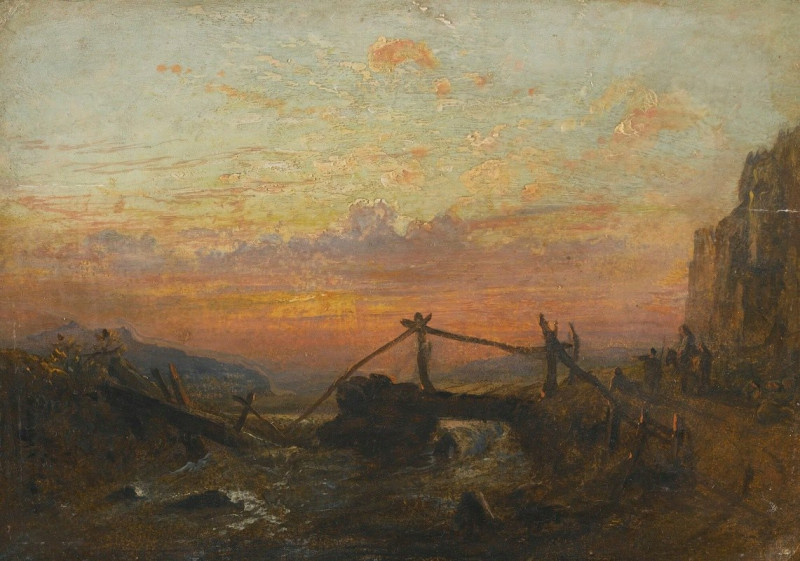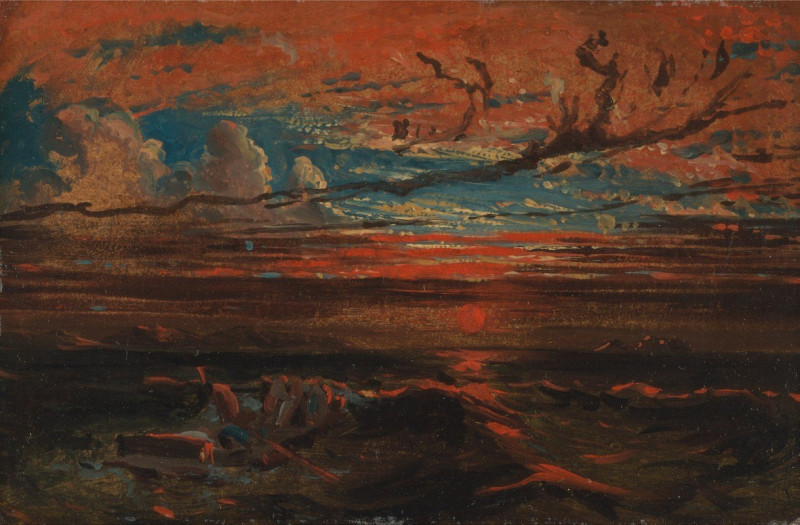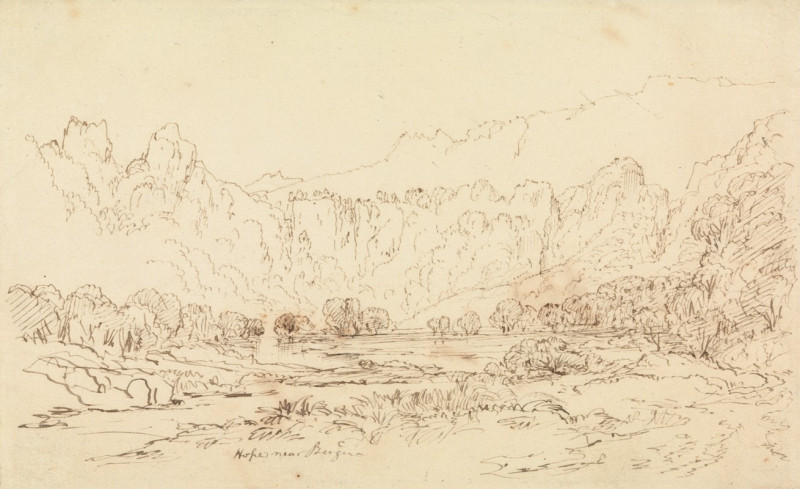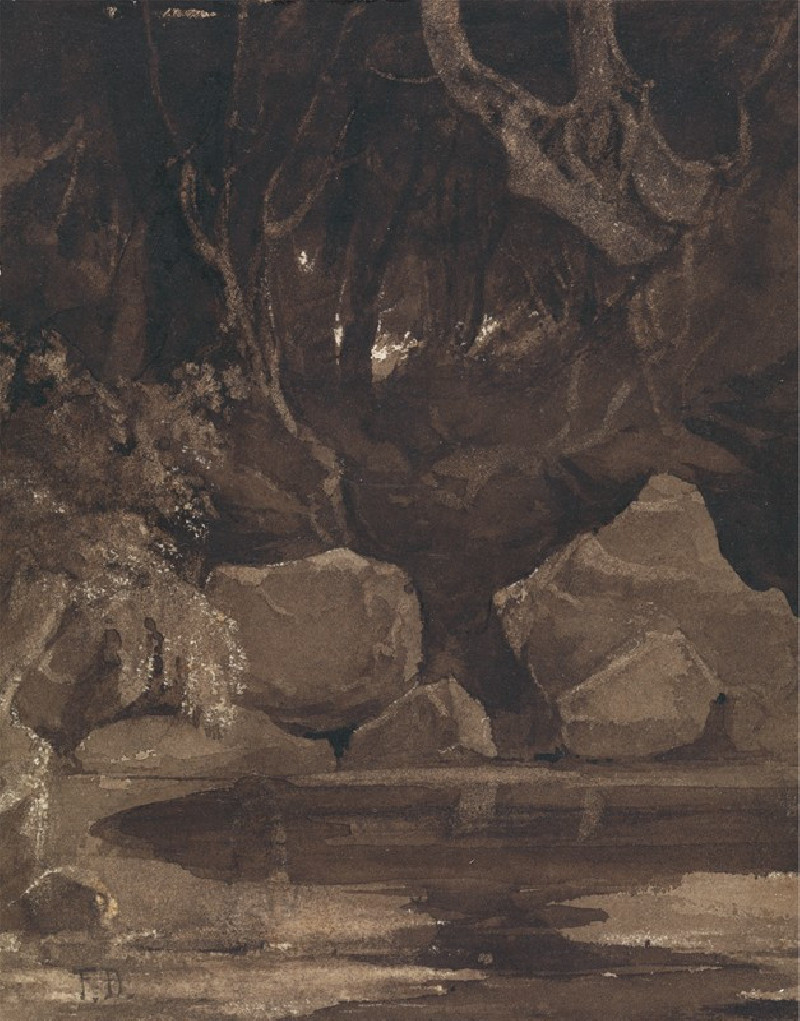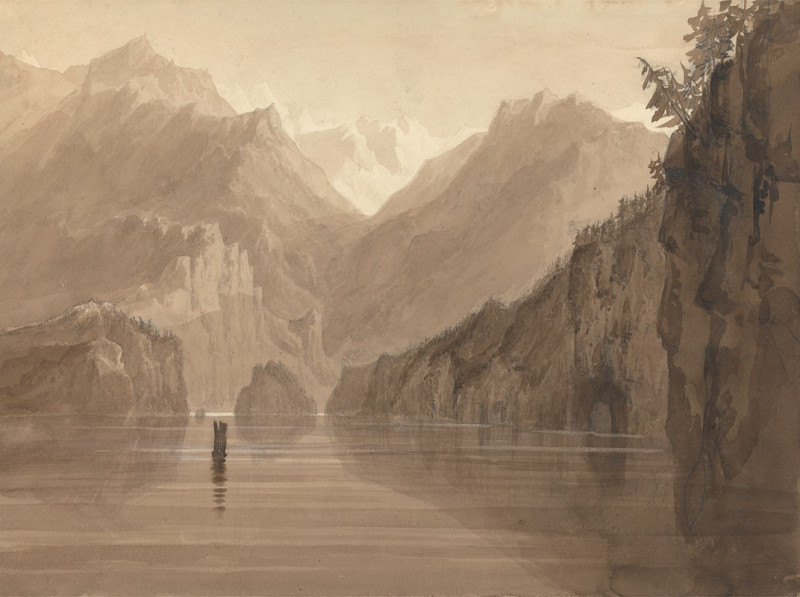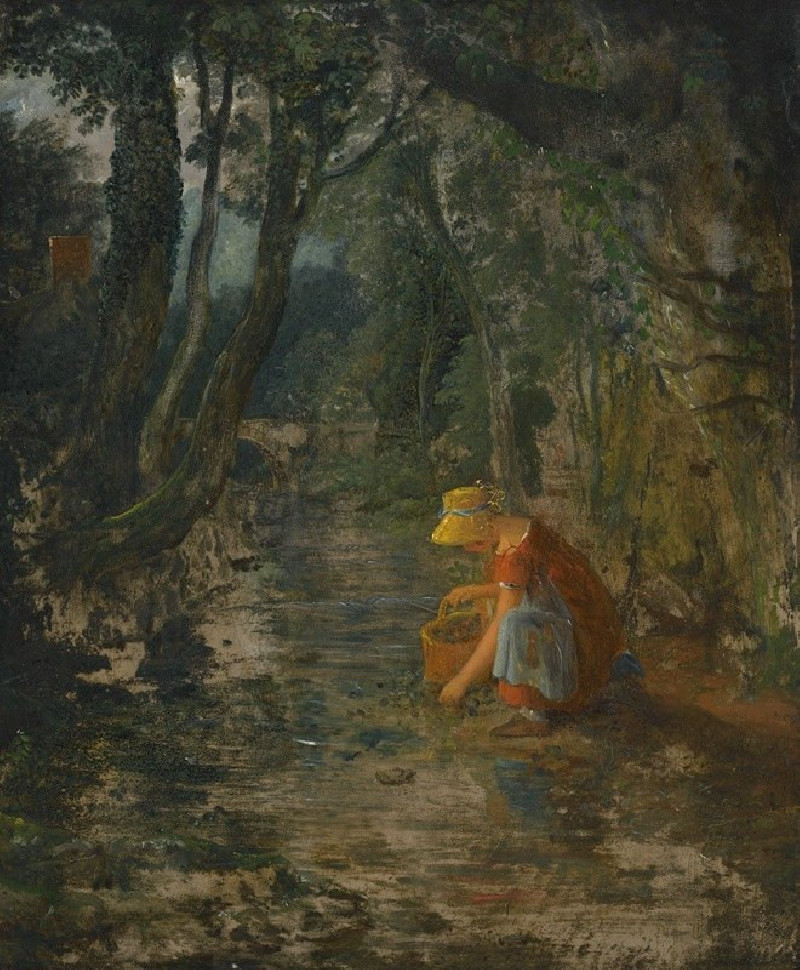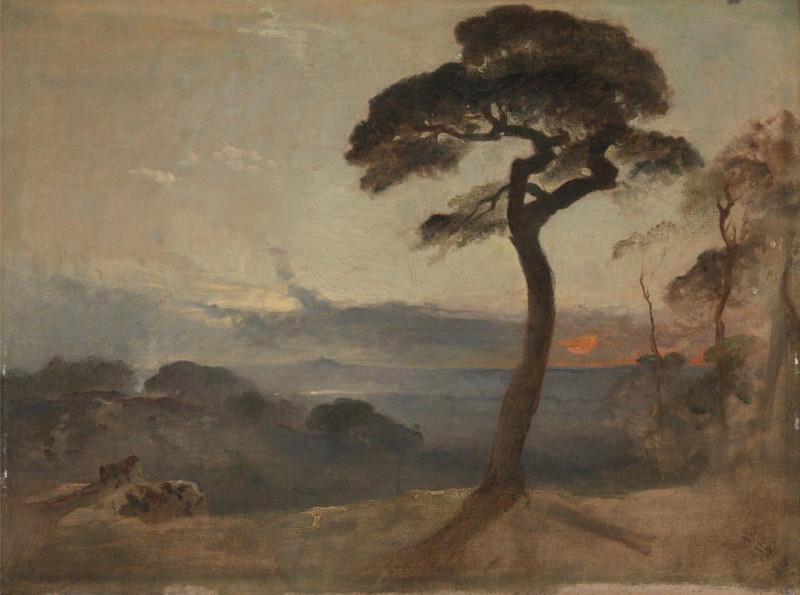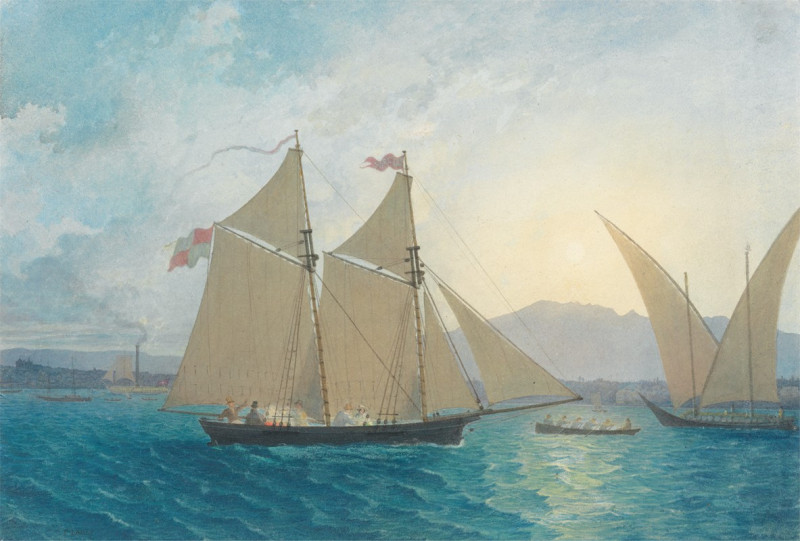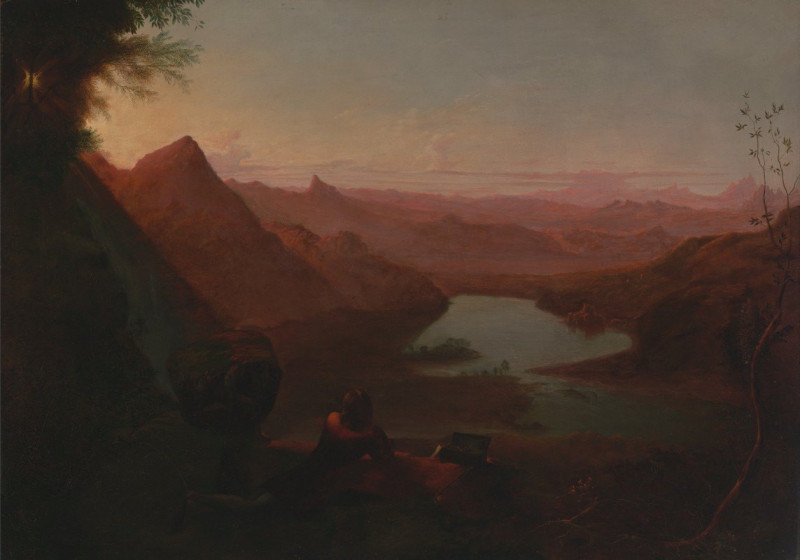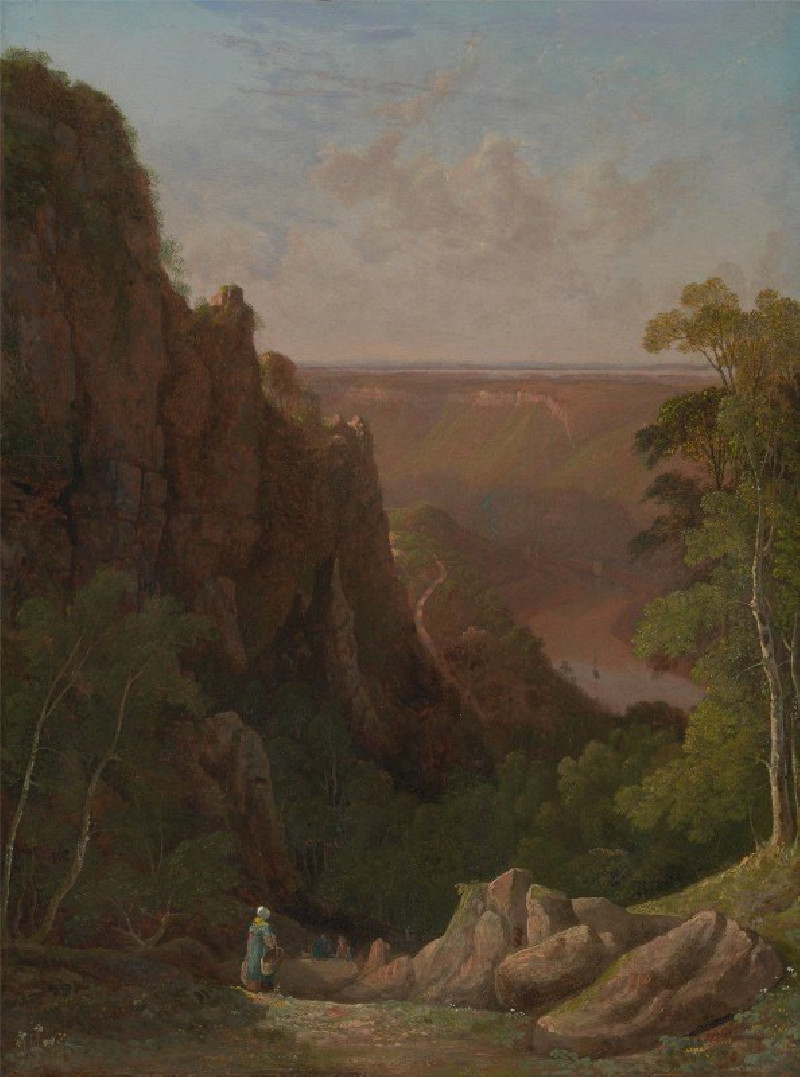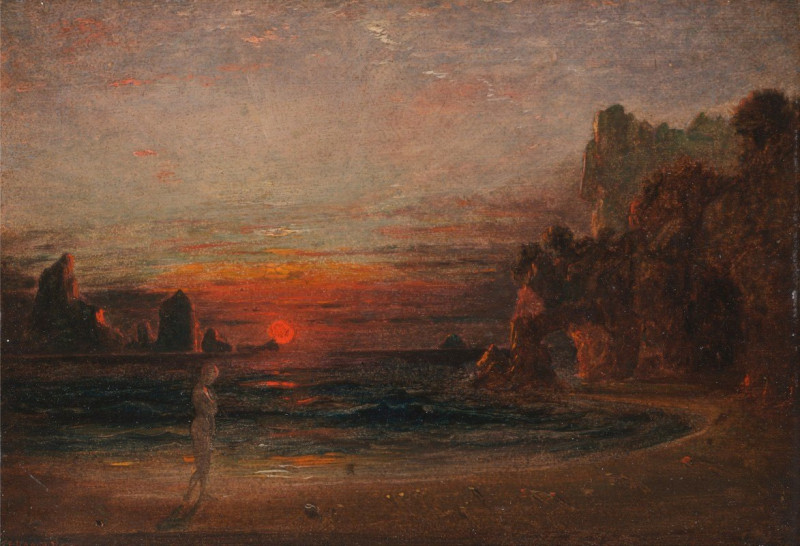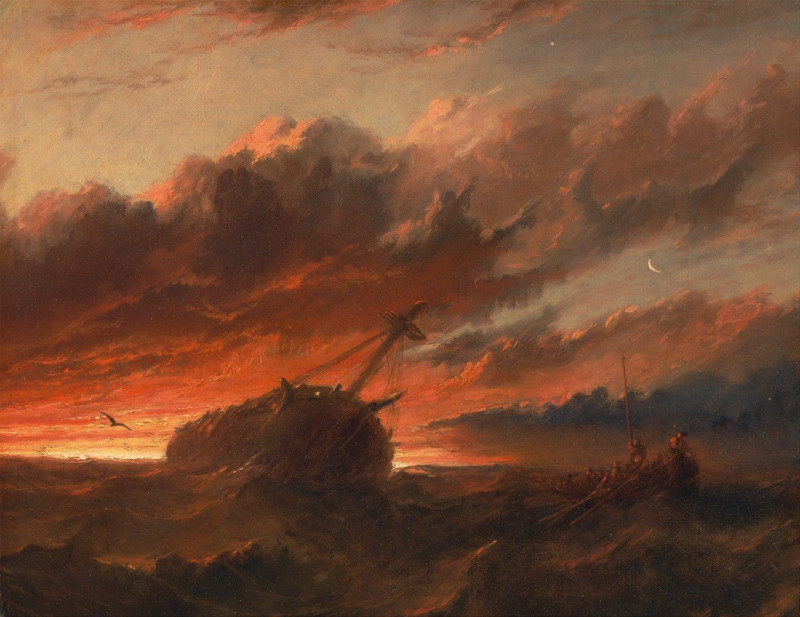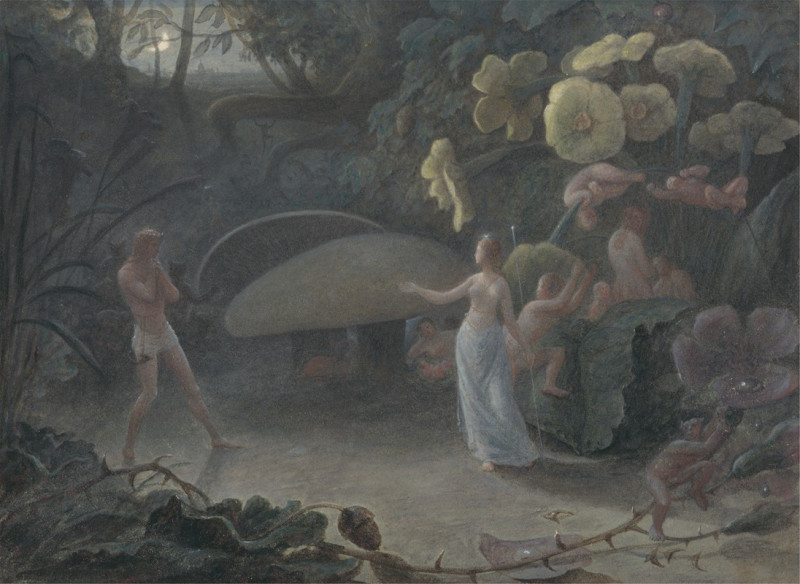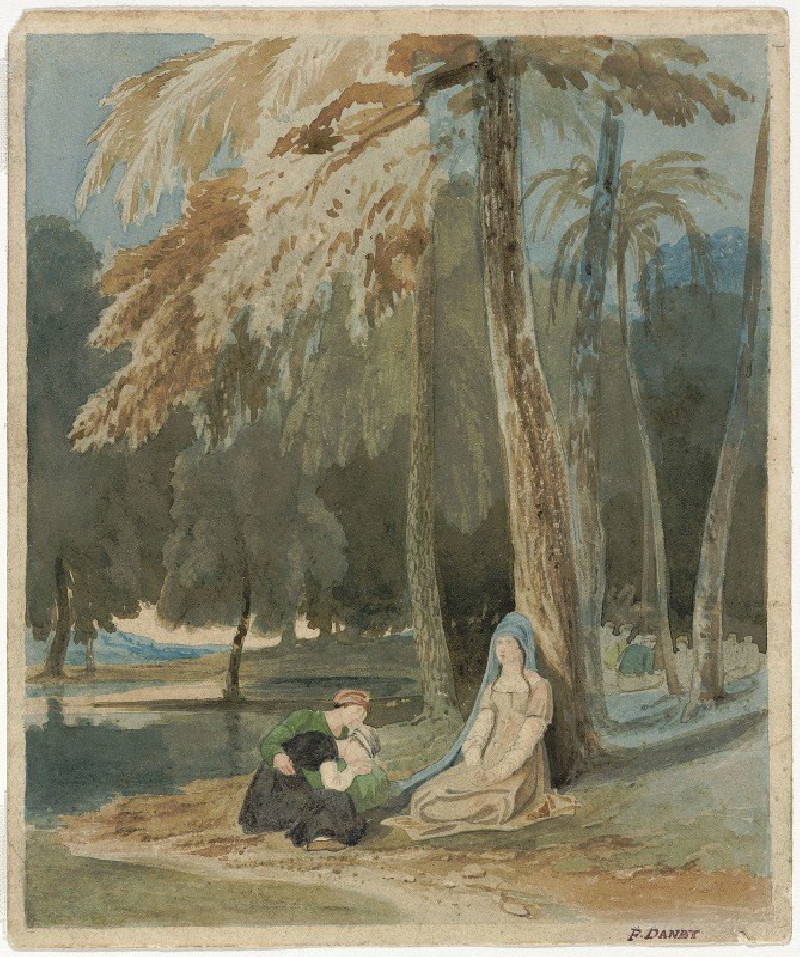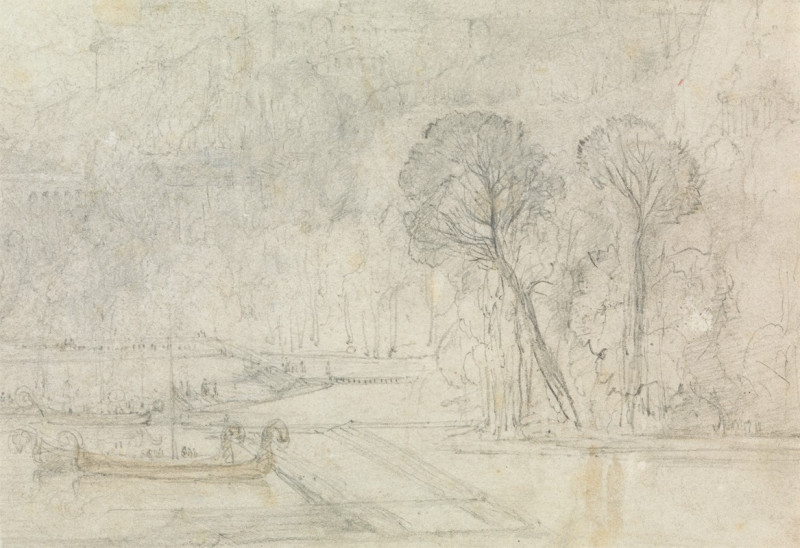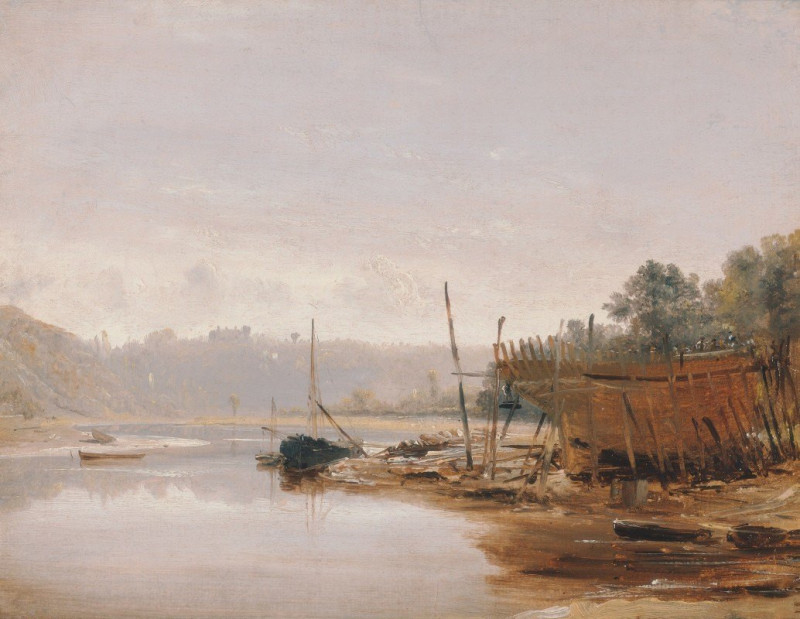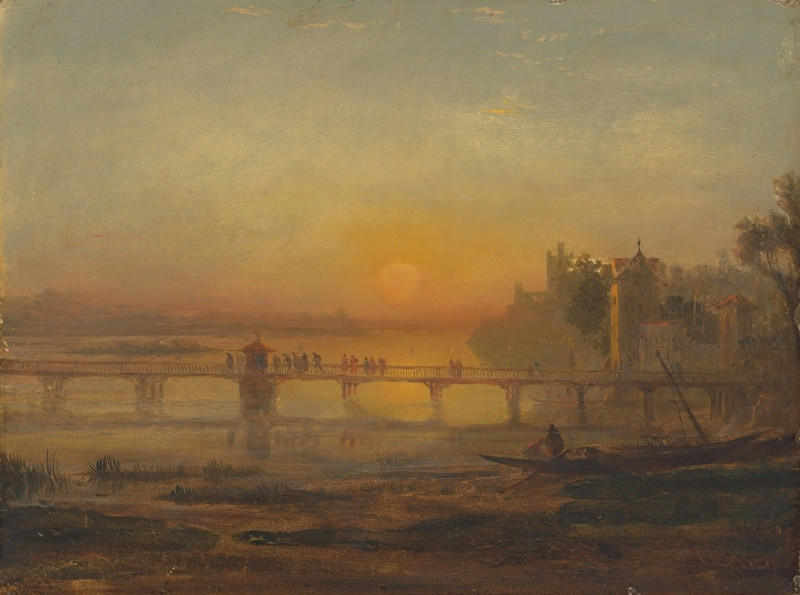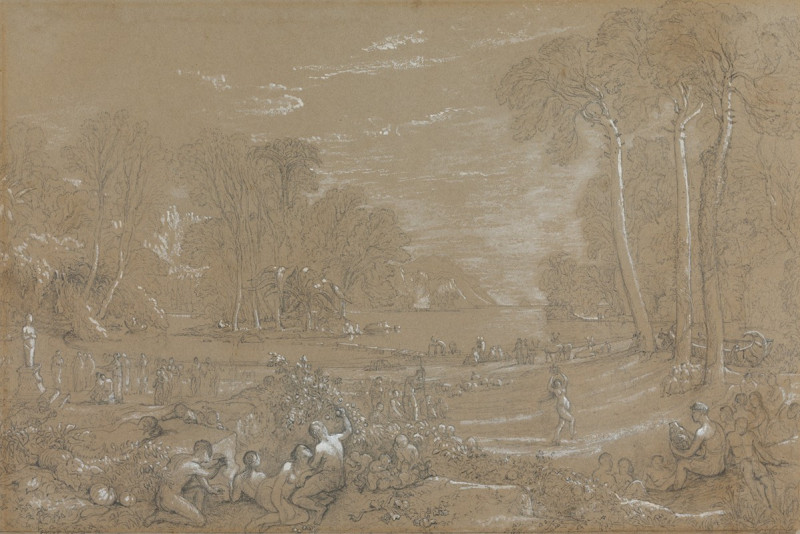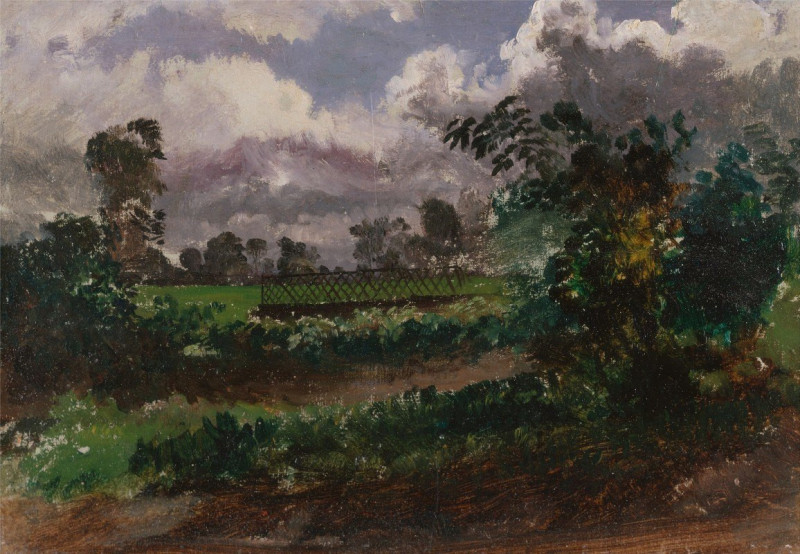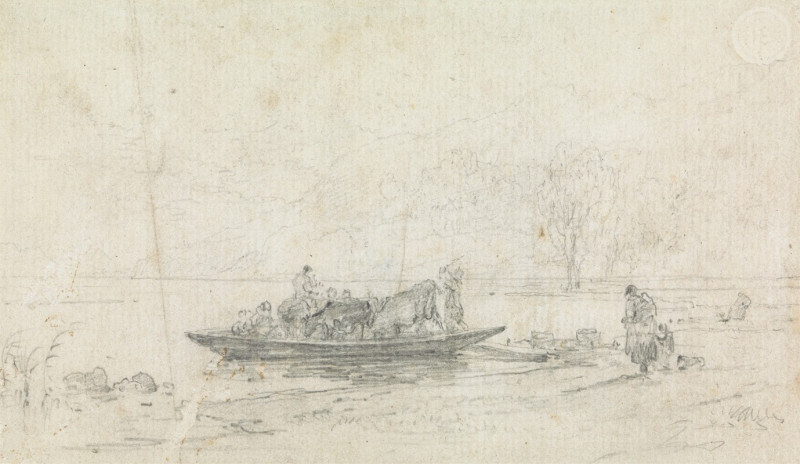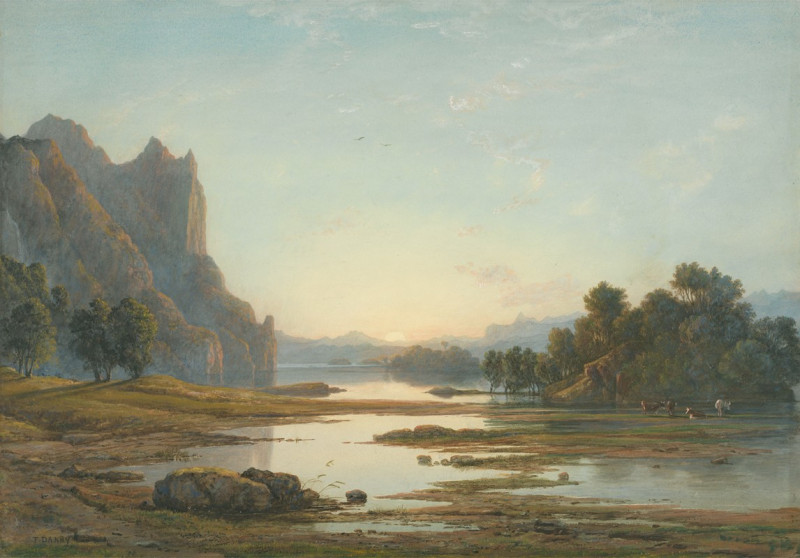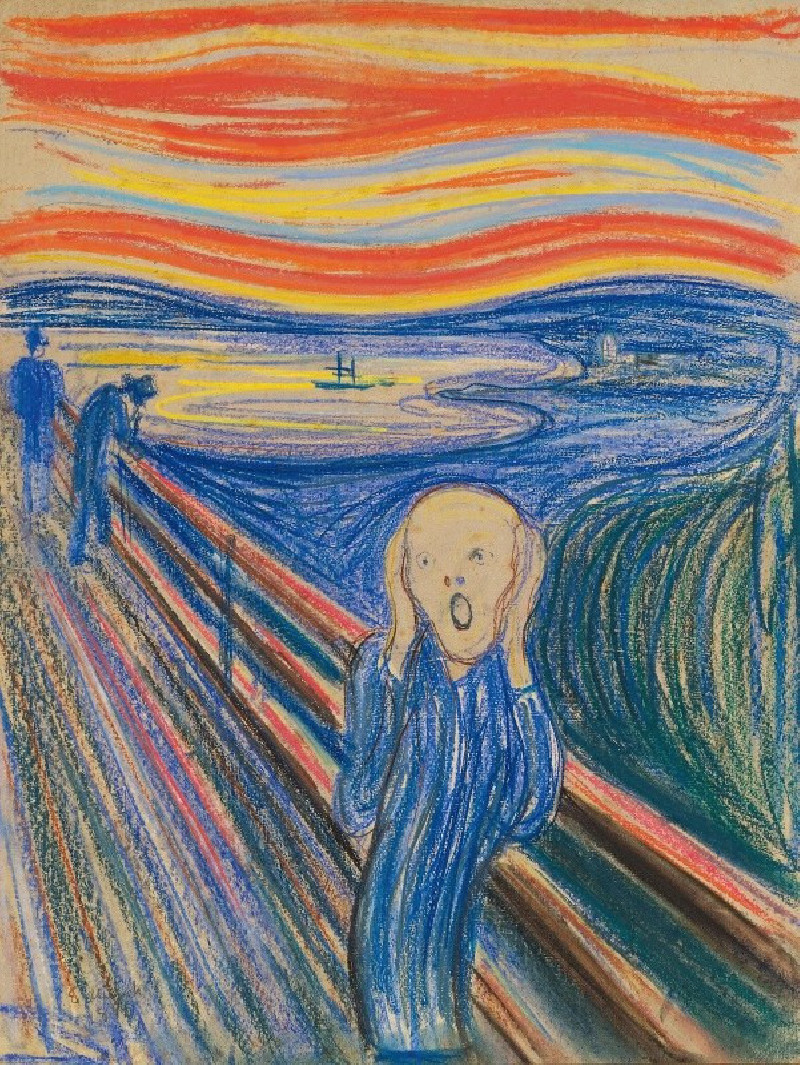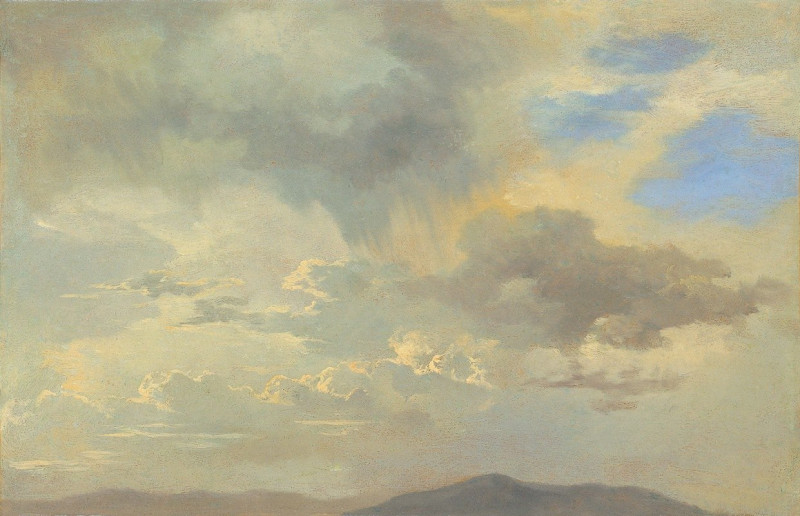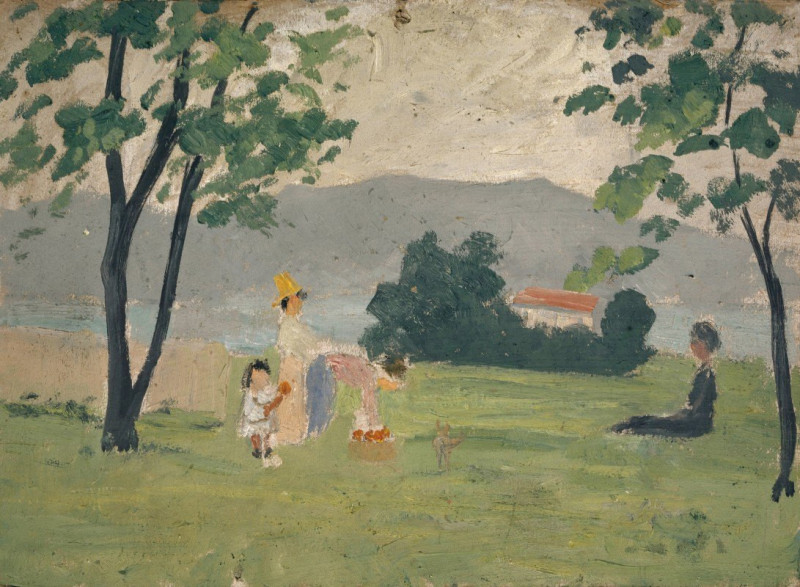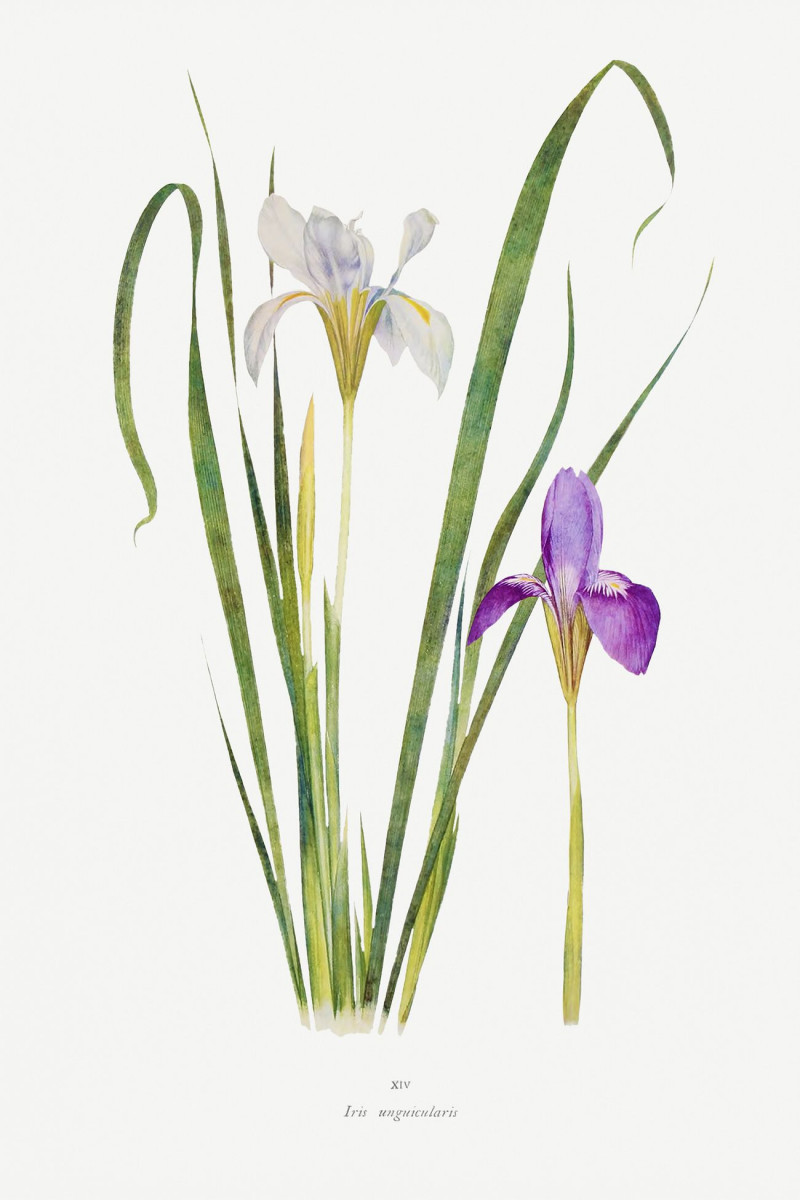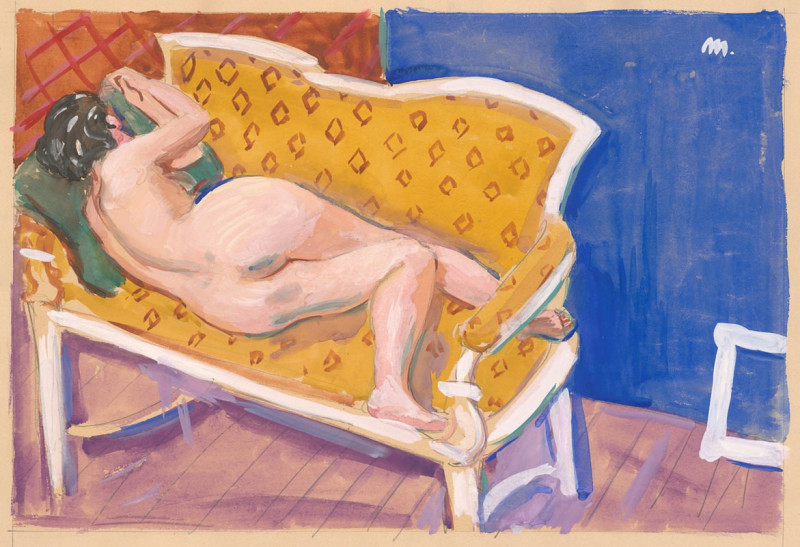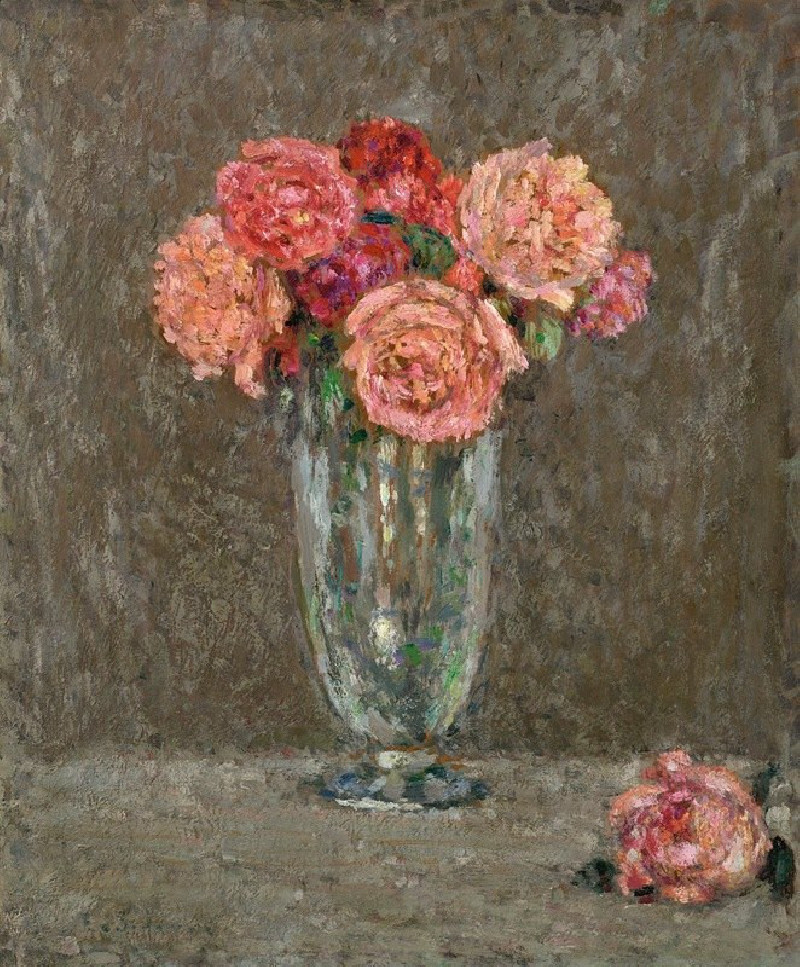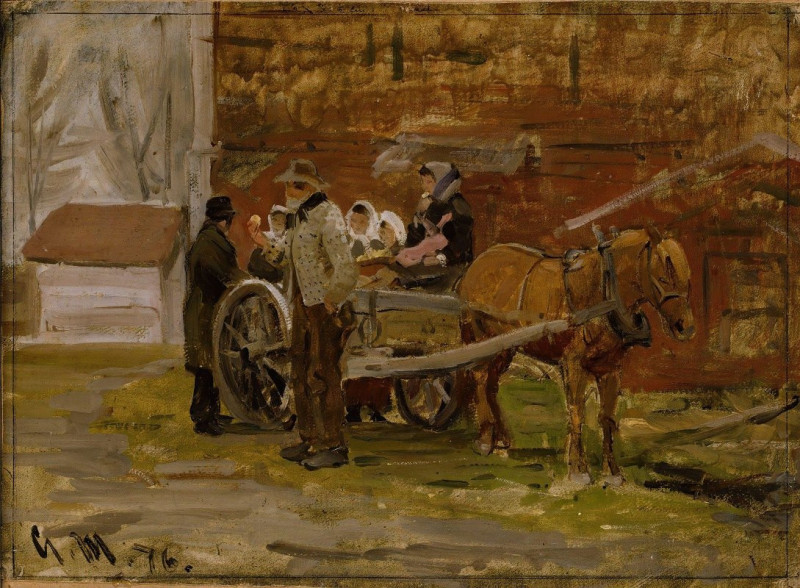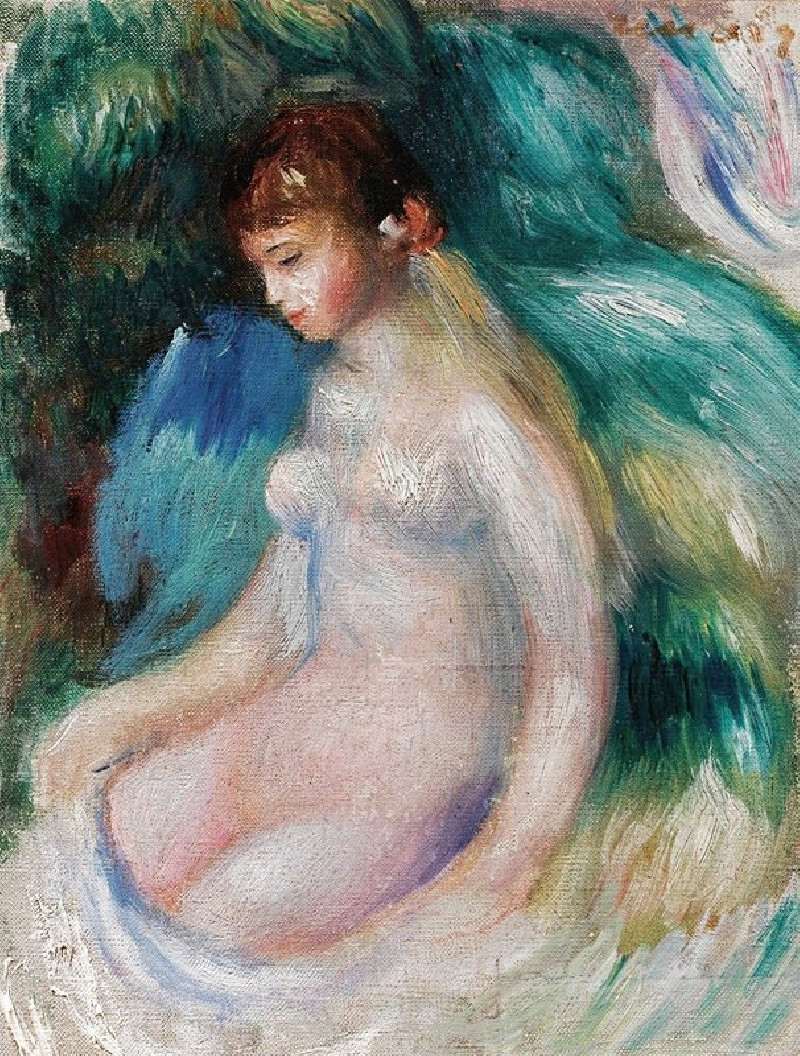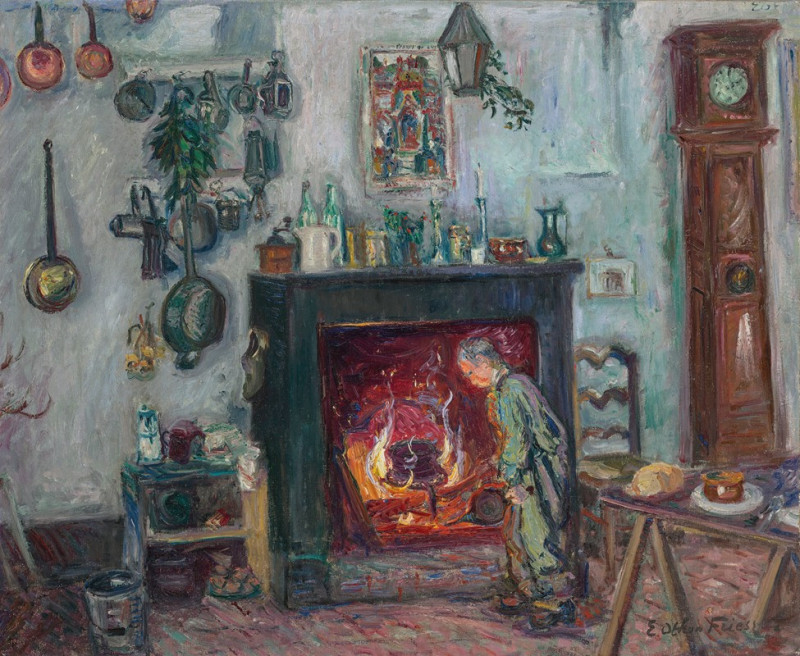The Broken Bridge
Technique: Giclée quality print
Recommended by our customers
More about this artwork
Francis Danby's evocative painting, "The Broken Bridge," captures a poignant scene set against an exquisitely rendered twilight sky. This masterpiece, housed in a collection known for celebrating dramatic landscapes, stands out for its profound interpretation of natural decay intertwined with a lyrical beauty.In the painting, we are drawn to the central feature—a dilapidated wooden bridge, tragically snapped in the middle, suggesting a recent collapse. The remnants of the bridge lie in stark contrast to the serene beauty of the surrounding landscape, which Danby paints with a masterful understanding of light and atmosphere. The radiant, cloud-streaked sky bathes the scene in a warm, ethereal glow, reflecting off the water below and adding a sense of depth and emotion to the composition.On either side of the broken bridge, rough and rocky cliffs frame the scene, their dark forms looming like silent sentinels over the landscape. Small figures can be seen near the edges, perhaps pondering the broken path or merely caught in their daily toil against nature's backdrop. These human elements provide a scale to the scene, emphasizing the frailty of human constructs in the face of natural forces.Danby's use of color and light not only enhances the dramatic impact of the scene but also invokes a contemplative mood among viewers. The painting invites us to reflect on themes of time, destruction, and the inevitable cycle of decay and renewal in nature."The Broken Bridge" by Francis Danby is not just a visual feast; it is a profound statement on the impermanence of man's endeavors and the enduring power of nature.
Delivery
Returns
Francis Danby (16 November 1793 – 9 February 1861) was an Irish painter of the Romantic era. His imaginative, dramatic landscapes were comparable to those of John Martin. Danby initially developed his imaginative style while he was the central figure in a group of artists who have come to be known as the Bristol School. His period of greatest success was in London in the 1820s.

